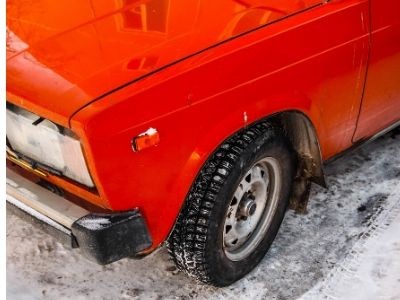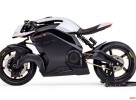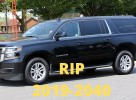
Whether it is a modern internal combustion engine, electric vehicle, or older carburetor equipped cars. This guide has tips on what to do when the car will not start. Just a troubleshoot type solution to get the car running. So, the mechanic checks the problem exactly.
Cold weather is unforgiving to cars, and they cause such inconveniences. Especially, if the car does not start. There goes the day, but what to do? Cold morning is expected to do their worst. Whether it is a modern internal combustion engine, electric vehicle, or older carburetor equipped cars. This guide has tips on what to do when the car will not start. Just a troubleshoot type solution to get the car running. So, the mechanic checks the problem exactly.
If you have done the winter prep, then it might not happen. If it does, better have systems check related to cold weather problems. Here are the tips to help figure not starting in the cold.
1. You got a bad car battery!
Cold weather grossly affects batteries, especially the colder it gets. Warmer temperatures are needed, for it produces current normally. This causes starting problems in the winter morning. Aggravated cold and continuous hard starts, will preclude bigger problems.
2. Engine oil has thickened in the cold weather.
Pumping oil through the engine is hard and does not lube the moving parts. The extra effort on the pump eats up the reserved charge of the battery. Pair it, with congealed oil, low power that combos into no-starts. Try it several times, and you will have another inconvenience.
3. Fuel lines are blocked with moisture inside.
Ice in the fuel lines causes a blockage that prevents starting. Dropping mercury will cause this with ice in the fuel lines. Diesel fuel gels when it is cold. Fuel does not reach the fuel injectors for hard or no starts.
4. The car is equipped with a carburetor.
Old cars with carburetors are affected by cold temperatures easily. Small nozzles will be clogged and moisture becomes trapped! This is build-up will keep fuel from reaching the manifold and air intake. So you have a no-start.
Do these steps to avoid these problems to avoid inconvenience.
1. Replace asap do not wait for it to go dead.
If the problem persists and the battery is not replaced. Instead just recharged at the battery shop, not good. Better get a new one, or it will get worse! Until the battery just stops working altogether. Do not wait till the car gets stranded because of a dead battery!
2. Change engine oil and have the engine checked.
Do an oil change and replace the oil with one recommended for winter. Not all oils are all-weather, so make the adjustment. Save the engine from wear and tear too!
3. Filler up the tank! Do not forget to do it.
More fuel is needed to start a car in winter. Sensors adjust the amount of fuel needed. Fuel is denser in the cold, more is wasted, when starting up during the cold morning. Keep it full to compensate for it.
That is everything about to go about when the car will not start on a winter morning. All these pointers will be a great help should it happen to anyone.
See Now: OnePlus 6: How Different Will It Be From OnePlus 5?



























